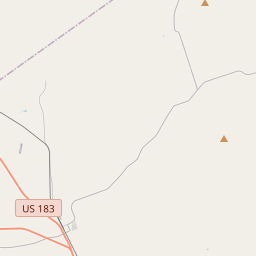Richard S. Stokes
Historical marker location:






Joined Confederate Army, as a private, Aug. 7, 1861; was promoted to 1st Lt., Co. I, 8th Infantry, Miss. Regiment, on Aug. 29, 1864. Came to Texas in 1868, settled in Lampasas County as a rancher and farmer; married Elizabeth Rawson, and had seven children. On July 19, 1911, at Chadwick's Mill, on the Colorado River, at age 73, Stokes rescued Lillie B. Evetts, Eva Foster, and R. Ashley Greaves from drowning. For the feat, he received a Carnegie Hero Medal
As one of the most visible programs of the Texas Historical Commission (THC), historical markers commemorate diverse topics in Texas history, including: the history and architecture of houses, commercial and public buildings, religious congregations, and military sites; events that changed the course of local and state history; and individuals who have made lasting contributions to the state, community organizations, and businesses.
The first domed stadium in the world, the Astrodome, was built in Houston in 1965 and hosted numerous sporting events and concerts over the years.
In 1852, Lampasas County was officially established, named after the Lampasas River that runs through the area. The county quickly became a prominent agricultural region, with cotton being the primary crop. The arrival of the Texas and Land Company railroad in 1882 further stimulated the local economy, as it facilitated trade and transportation in the area.
During the late 19th and early 20th centuries, Lampasas County also experienced economic growth due to the discovery of mineral resources. Manganese and zinc mining industries played a significant role in the county's development. Additionally, the city of Lampasas became a popular health resort destination, thanks to the therapeutic value of the local natural springs.
Throughout the years, Lampasas County has faced its fair share of challenges. The region went through difficult times during the Great Depression, with the decline of the agricultural industry. However, the county managed to bounce back and diversify its economy, embracing tourism and other industries. Today, Lampasas County remains a vibrant community with a blend of historical charm and modern development.
Lampasas County Timeline
This timeline provides a glimpse into the major events and milestones that have shaped the history of Lampasas County, Texas.
- 1854 - Lampasas County is founded and named after the Lampasas River.
- 1872 - The town of Lampasas becomes the county seat.
- 1882 - The Gulf, Colorado and Santa Fe Railway is completed through the county.
- 1885 - The first oil well in central Texas is drilled in Lampasas County.
- 1922 - The Hancock Springs Hotel, a popular health resort, is built.
- 1949 - The Fort Hood military reservation is established, impacting the county's economy.
- 1960s - The construction of the Highland Lakes dams brings tourism and recreation to the area.
- 1990s - The county experiences population growth and increased development.